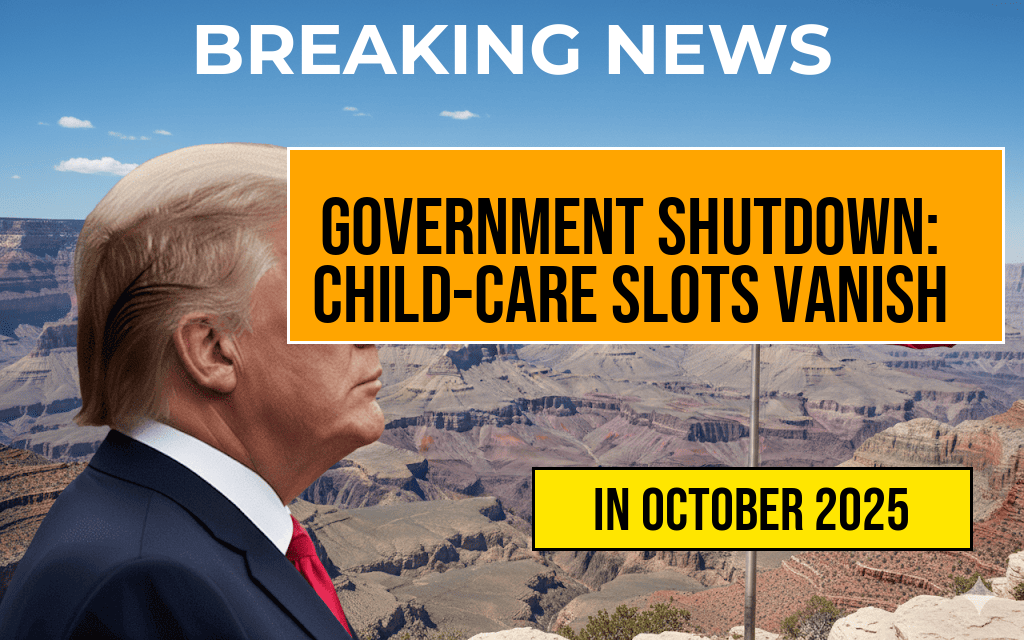The Federal Reserve’s recent decision to potentially sell off $1.6 trillion in loans has raised concerns about the implications for interest costs across the economy. As the central bank seeks to reduce its balance sheet and manage inflation, many analysts warn that these actions could lead to hundreds of billions of dollars in additional annual interest expenses for consumers and businesses alike. The Fed’s strategy, aimed at stabilizing the economy after the pandemic-induced financial turbulence, comes with trade-offs that may ripple through mortgage rates, credit card fees, and business loans. Understanding how these changes may unfold is crucial for both policymakers and everyday Americans.
Understanding the Fed’s Balance Sheet Reduction
The Federal Reserve’s balance sheet expanded significantly during the COVID-19 pandemic as it introduced various stimulus measures to support the economy. This expansion included purchasing government securities and mortgage-backed securities to lower interest rates and encourage borrowing. However, with the recent uptick in inflation, the Fed is now considering selling these assets to tighten monetary policy.
Potential Impact on Interest Rates
Selling off $1.6 trillion in loans could trigger a rise in interest rates across various sectors. Here are some potential effects:
- Mortgage Rates: As the Fed sells mortgage-backed securities, the supply of these securities in the market increases, potentially leading to higher mortgage rates for homebuyers.
- Consumer Loans: Higher rates could also affect personal loans and credit cards, resulting in increased costs for consumers who rely on credit.
- Business Financing: Companies may face steeper borrowing costs, which could deter investment and slow economic growth.
Estimating the Financial Fallout
Analysts estimate that the cumulative effect of the Fed’s asset sales could reach hundreds of billions of dollars annually. This projection is primarily based on the potential increase in interest rates resulting from the sale of these loans. A higher interest rate environment could lead to:
- Increased monthly payments for homeowners and renters.
- Higher costs for business loans, which might stifle hiring and expansion.
- Elevated credit card interest rates, impacting consumer spending.
Market Reactions and Predictions
Markets have already begun to react to the Fed’s intentions. Bond yields have shown signs of increasing in anticipation of reduced demand for U.S. debt as the Fed sells off its holdings. This reaction indicates investor concerns that interest rates will rise as the Fed unwinds its balance sheet.
According to economists at Forbes, the impact of these changes could be felt across the economy, with some predicting that the average consumer could see an additional $300 to $500 in annual interest costs due to rising rates.
Historical Context and Lessons Learned
This isn’t the first time the Fed has faced the challenge of unwinding a large balance sheet. After the 2008 financial crisis, the Fed expanded its balance sheet significantly and later had to navigate the complex process of reducing it without destabilizing the economy. The lessons learned during that period provide critical insights into how the current situation might unfold.
During previous balance sheet reductions, the Fed managed to maintain economic stability by cautiously increasing interest rates. However, with inflation at multi-decade highs, the current environment presents unique challenges that could complicate the unwinding process.
Looking Ahead
As the Fed moves forward with its plans, the broader implications for the economy will depend heavily on how quickly and effectively it can manage the sale of its assets. Policymakers will need to balance the goals of reducing inflation while not stifling economic growth. The coming months will be crucial in determining whether the Fed’s strategy will lead to significant increases in borrowing costs or whether it can navigate a path that minimizes disruption.
For consumers and businesses, staying informed about these developments is essential. Monitoring interest rate trends and considering the potential costs associated with borrowing can help mitigate the impact of this significant policy shift.
For more detailed information on the Federal Reserve’s balance sheet and its implications, check out the comprehensive resources on Wikipedia and Forbes.
Frequently Asked Questions
What does the $1.6 trillion in loans refer to?
The $1.6 trillion in loans refers to the total amount of loans held by the Federal Reserve, which they are considering selling. This move could have significant implications for the overall financial market.
How could selling these loans affect annual interest costs?
Selling the $1.6 trillion in loans could potentially lead to an increase in annual interest costs for borrowers, as the market adjusts to the Fed’s actions and rates may rise in response to reduced liquidity.
What are the potential risks of the Fed selling these loans?
There are several potential risks, including increased volatility in financial markets, higher borrowing costs for consumers and businesses, and negative impacts on the economy if the sales are not managed carefully.
Who would be most affected by the increase in interest costs?
The increase in interest costs would primarily affect consumers with loans, businesses relying on credit, and potentially the housing market, as higher rates could discourage borrowing and spending.
What strategies might the Fed use to mitigate these impacts?
The Fed might implement strategies such as gradual selling of loans, communicating its plans clearly to the market, and potentially adjusting other monetary policy tools to soften the impact on interest rates.












